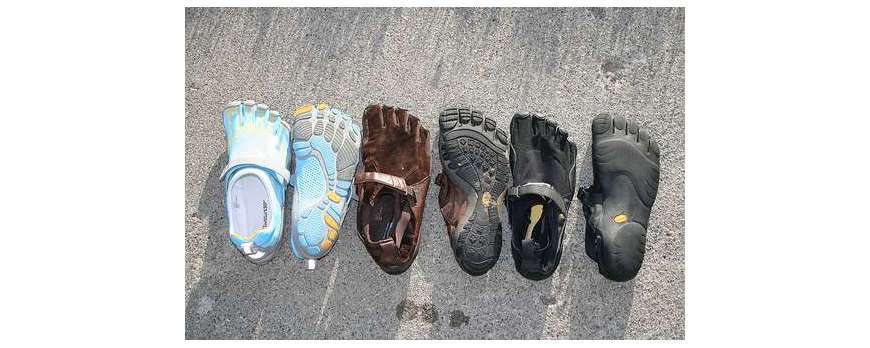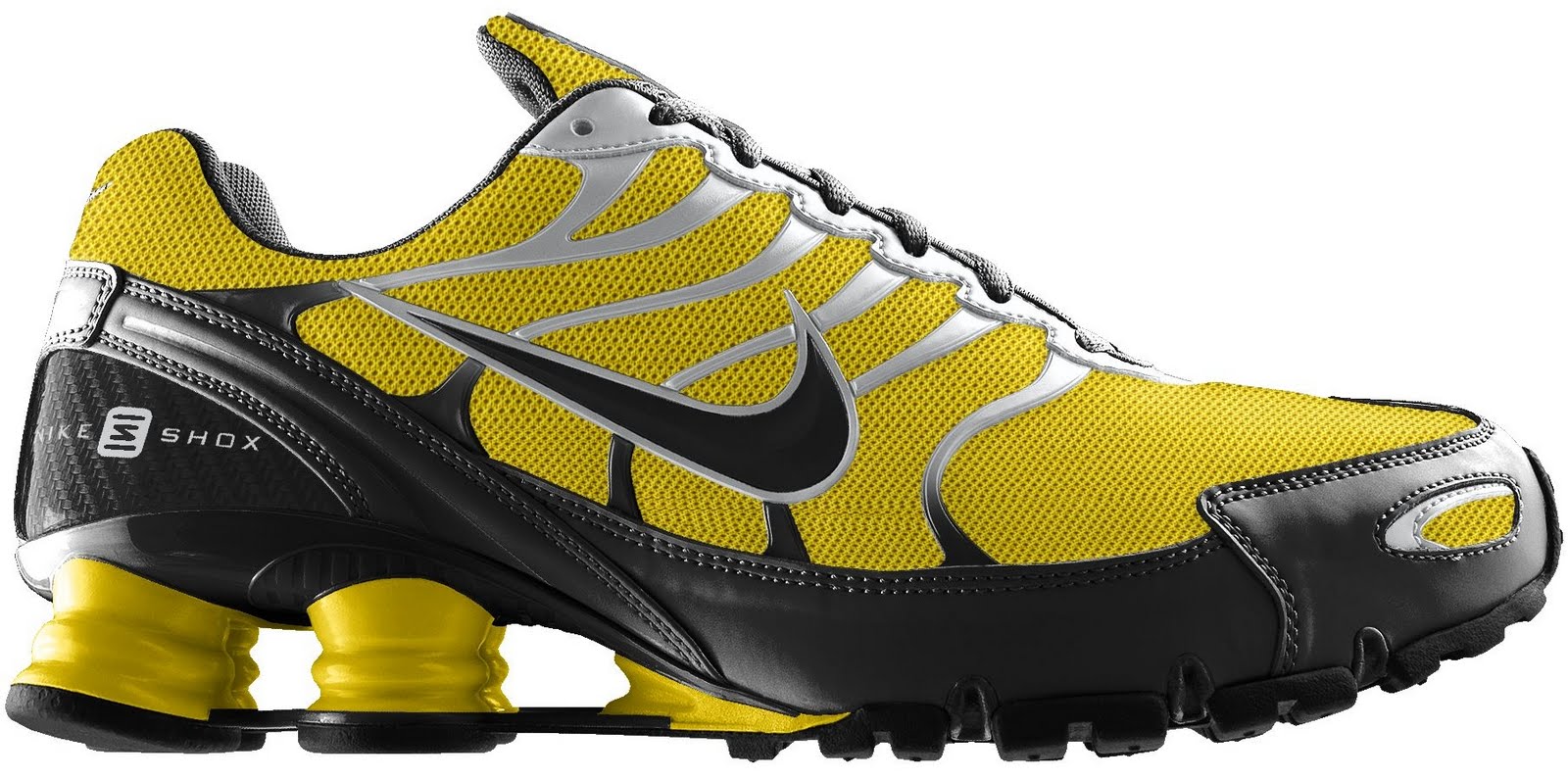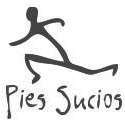No products
Prices are Management included

Why running shoes don't work: pronation, cushioning, motion control and running barefoot (I)
Translation and adaptation of the original article written by Steve Magness, trainer at the University of Houston (United States).
The concept on which manufacturers of sports shoes are based has to be changed, and I'm not just talking about the debate between running barefoot/minimalist or traditional sports shoes, it goes much deeper than that. I'm not even talking about the fact that all sports brands are "evil" and simply pursuing economic benefits, because, among other things, if that is their goal - which it obviously is - they have certainly done a very, very good job. The theoretical basis on which sports shoes are made is the real problem.
This theory is built on two main premises: the forces of impact and pronation (or rather over-pronation), and its objectives are simple: to limit the forces of impact and to avoid pronation. These concepts have led to a classification system based on damping, stability and movement control, and as a result, there is no basis on which to stand... So, have we been focusing on things wrong for the last forty years?
I'll start with the usual statistic that about 33-65% of runners are injured every year (Bruggerman, 2007), which is mind-boggling and chilling if we stop to think for a moment... As we are talking about a huge number of injuries, let's take a look at what modern sports shoes are supposed to achieve.
Pronation:
As I said before, sports shoes are based on the premise that injuries are caused by the forces of impact and pronation, with the latter becoming a real "nightmare" for runners. Because of this, the shelves of sports shoe shops are flooded with motion-controlled models that attempt to correct this alleged misalignment between the lower leg (foot, ankle, tibia and fibula) and the knee. But do we really need that "correct alignment"?
To summarise: the whole mispronation is based on the fact that (1) it causes injuries and that (2) "correct" trainers can correct this pronation.
As for the first premise (1), we can find several studies that show that there is no relationship between pronation and the appearance of injuries. In an epidemiological study by Wen et al. (1997), it was concluded that lower leg alignment is not a major risk factor for marathon runners. In another study by Wen et al. (1998), it was concluded that 'small variations in lower limb alignment do not appear conclusively as a major risk factor for injuries in marathon runners'. Other studies have come to similar conclusions, such as that by Nigg et al. (2000) where it was shown that foot and ankle movement is not predictive of injury in a group of runners. If foot movement or pronation does not predict injury or is not a risk factor for injury, then one has to ask whether the concept of creating and/or wearing sports shoes is sound.

As for the second premise (2), that sports shoes correct pronation, this is generally due to the inclusion of certain mechanisms (wedges or semi-soles) in the corrective models. In this respect, in a study carried out by Stacoff (2001), several devices integrated into the movement control shoes were tested and found not to alter pronation and not to change the kinematics of the tibia or calcaneal bone. Similarly, in another study by Butler (2007) they found that the motion control shoes showed no difference in "spikes of pronation" compared to cushioned models (without foot control mechanisms). Finally, Dixon (2007) found similar results to these, showing that movement control shoes did not reduce pronation and did not change the concentration of body pressure.
In conclusion: If overpronation does not cause injury to the extent that everyone thinks it does, and if movement control shoes do not even really alter the individual's degree of pronation, what is the point of this type of shoe?
Cushioning:
The concept of impact forces is the other great fallacy of the theory behind modern sports shoe manufacturing. The idea is as follows: the greater the impact force on the lower leg, the greater the degree of stress on the part involved, and consequently the greater the rate of injury. To combat this part of the theory, let's take a look at some data.
The first question is, do the cushioned shoes perform their function?
In the study carried out by Wegener (2008), two models of shoes, the Asics Gel-Nimbus and the Brooks Glicerine, were tested to see if the plantar pressure was reduced, and indeed, they found that the shoes performed their function very well, but... the truth is that it was reduced in different places as the pressure and the type of step of the subject varied (forefoot and backfoot). This led to the conclusion that it would be interesting if there was a change in the prescription of shoes, based on individuality, that is, on the pressure areas made by each individual and not in a general way as up to now. It should be noted that this reduction in pressure is based on a comparison to another shoe, to one made for playing tennis. I am not sure that this is a good comparison, since basically the study tells us that padded shoes reduce pressure compared to shoes for playing another sport (in this case, tennis).
In another review on the subject - Nigg (2000) - it was found that the impact peaks of external and internal forces were not influenced in any way by the cushioning of the shoe in the measurements of these forces. This means that the type of cushioning used in the shoe does not significantly influence the impact forces.
We will return to this and other issues in the second part of the article.
Translation and adaptation of the original article written by Steve Magness, trainer at the University of Houston (United States).
Dejar un ComentarioDejar una respuesta
Blog categories
- Running Technique
- Shoes Review
- Scientific studies
- Nike and minimalist shoes
- Morton neuroma
- Bunions
- Podiatrists' opinion on...
- Claw toes, crowded toes,...
- Flat feet
- Runner's injuries, runner's...
- Sprained feet, ankle sprains
- Footwear for wide feet or...
- Heel and back pain
- Children's feet and...
- Circulation and bone...
- Knee pain, osteoarthritis,...
- Plantar fasciitis
Últimos Comentarios
Antonio Caballo
Feet that are not feet and that's why they hurtCristina Schmitt
Feet that are not feet and that's why they hurtAntonio Caballo
Is Barefoot expensive? you will see that Yes





























